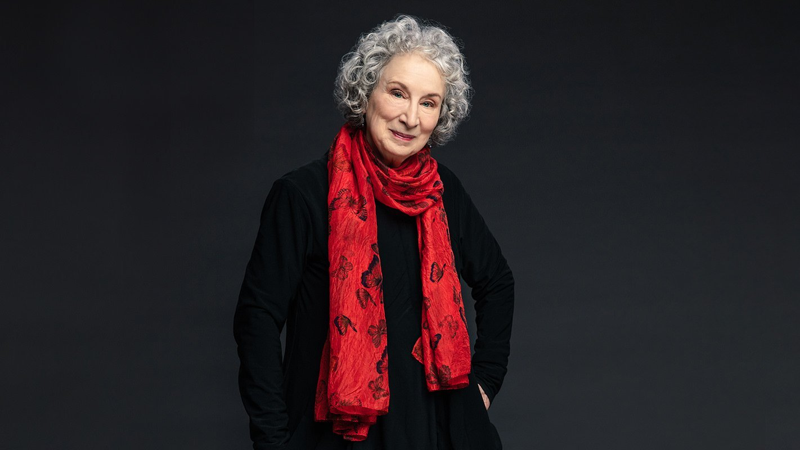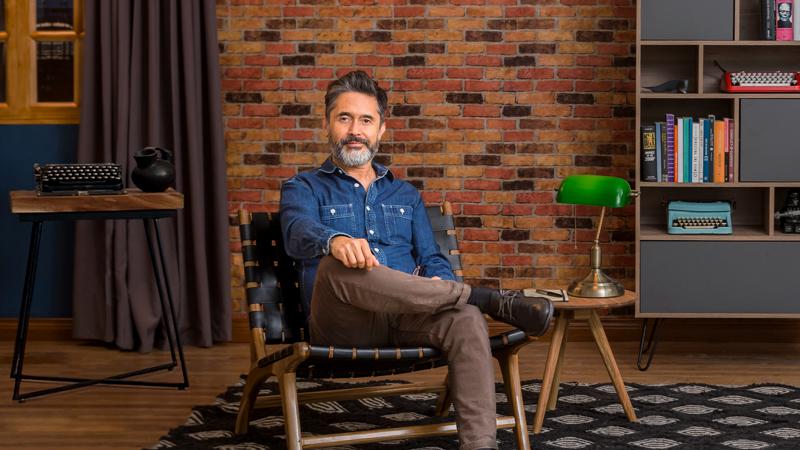Course overview
- Provider
- Domestika
- Course type
- Paid course
- Level
- Beginner
- Deadline
- Flexible
- Duration
- 4 hours
- Lessons
- 20 lessons
- Certificate
- Available on completion
- Course author
- Julio Rojas
-
The magic of a story, regardless of how simple or complex it is, lies in the small narrative pieces that, when strung together, captivate the audience. After teaching the fundamental techniques in Script Writing for Movies and Television, award-winning (including a Goya) author and screenwriter Julio Rojas shows you how to break down stories into basic units that you can develop and experiment with individually.
In this course, learn everything you need to know to write different types of fictional scenes and sequences. Julio teaches you the basic theory and techniques to craft a story using three tools from his personal writing method. Create micro-worlds where you can position characters, control actions and events, and create conflicts to shape your story.
Description
Julio Rojas sets the stage for the course by telling you about his career, the projects he's worked on, and his creative influences, which range from science and biology to cinema. He also gives you a preview of what the final project will be.
Start small by learning what a narrative unit is and take a look behind the scenes to reveal the invisible structure that all scenes are built upon. Move on to bigger ideas and explore concepts like the purpose of the narrative ellipsis, scene types, and specific sequences. Then, take a look at the first tool from your teacher's method: the scene notebook.
Now it's time to discover the components that make up a narrative unit: characters, objects, and the physical universe. Julio gives you some tips on how to mix and match these core elements and explore all possible combinations using another one of his writing tools called the conflict matrix.
Continue working on your project and experiment with different variables that can change how viewers perceive your scenes, such as emotion, movement, resistance, progress, and time markers. Julio then shares how to make some unexpected connections with the third tool from his method: the dissociation matrix.
Learn how to properly format a script using a professional screenwriting tool and make a clear distinction between the scene-writing and sequence-writing process. To wrap up the course, revise and rework your script to ensure it's professionally written and full of original ideas.
Similar courses

-
4 hours
-
19 lessonsCertificate

-
3 hours
-
19 lessonsCertificate


